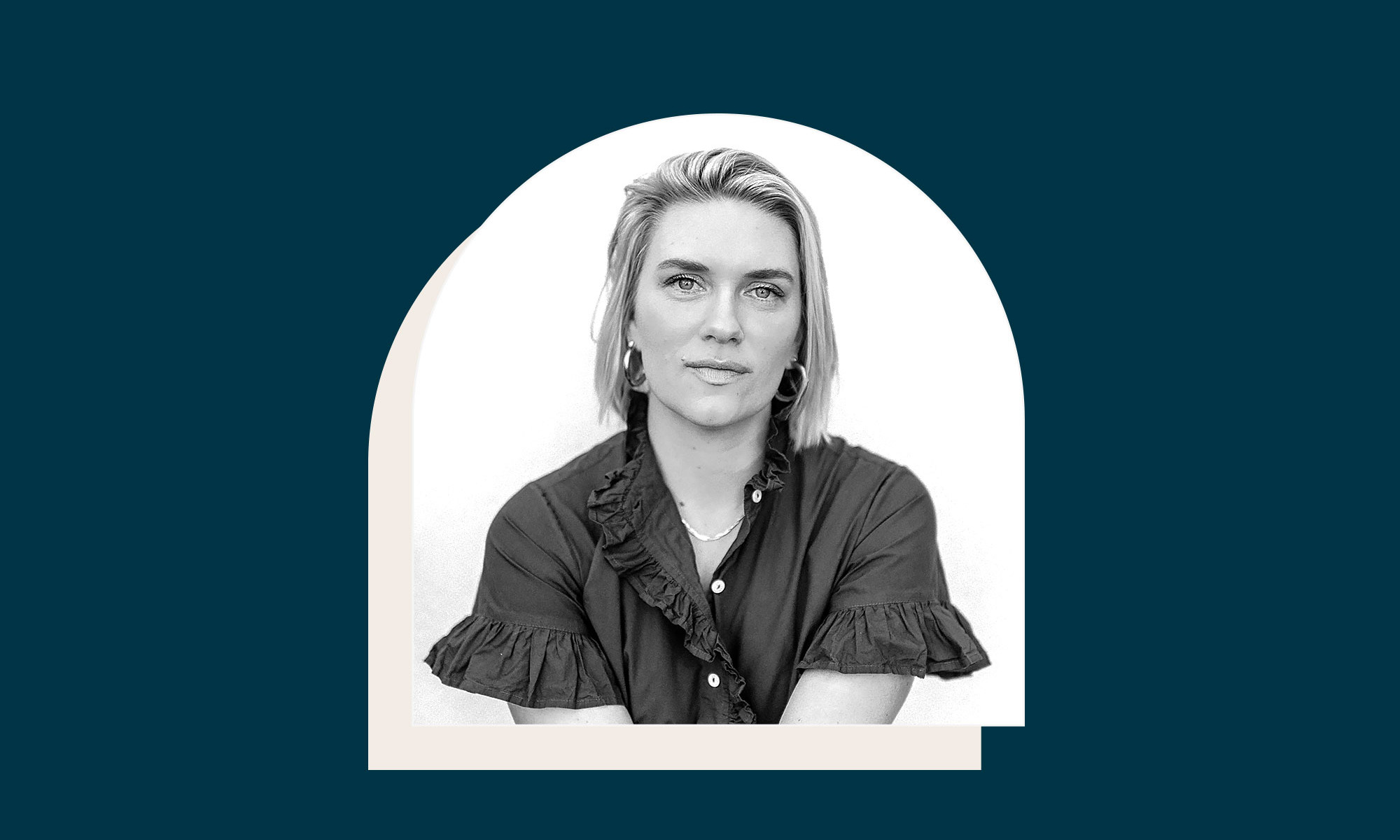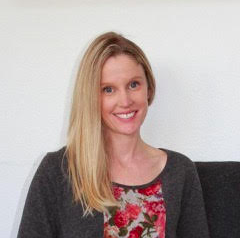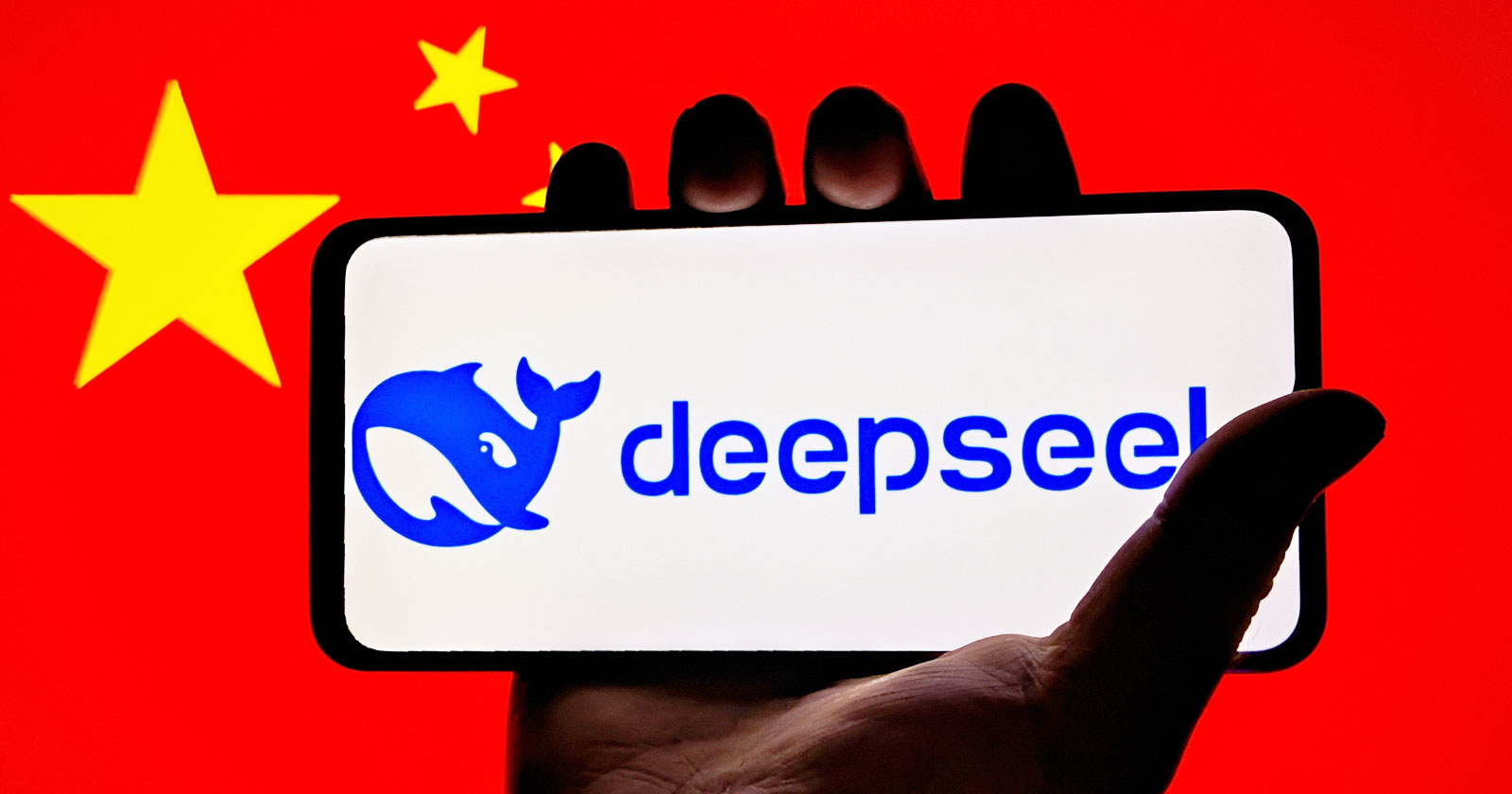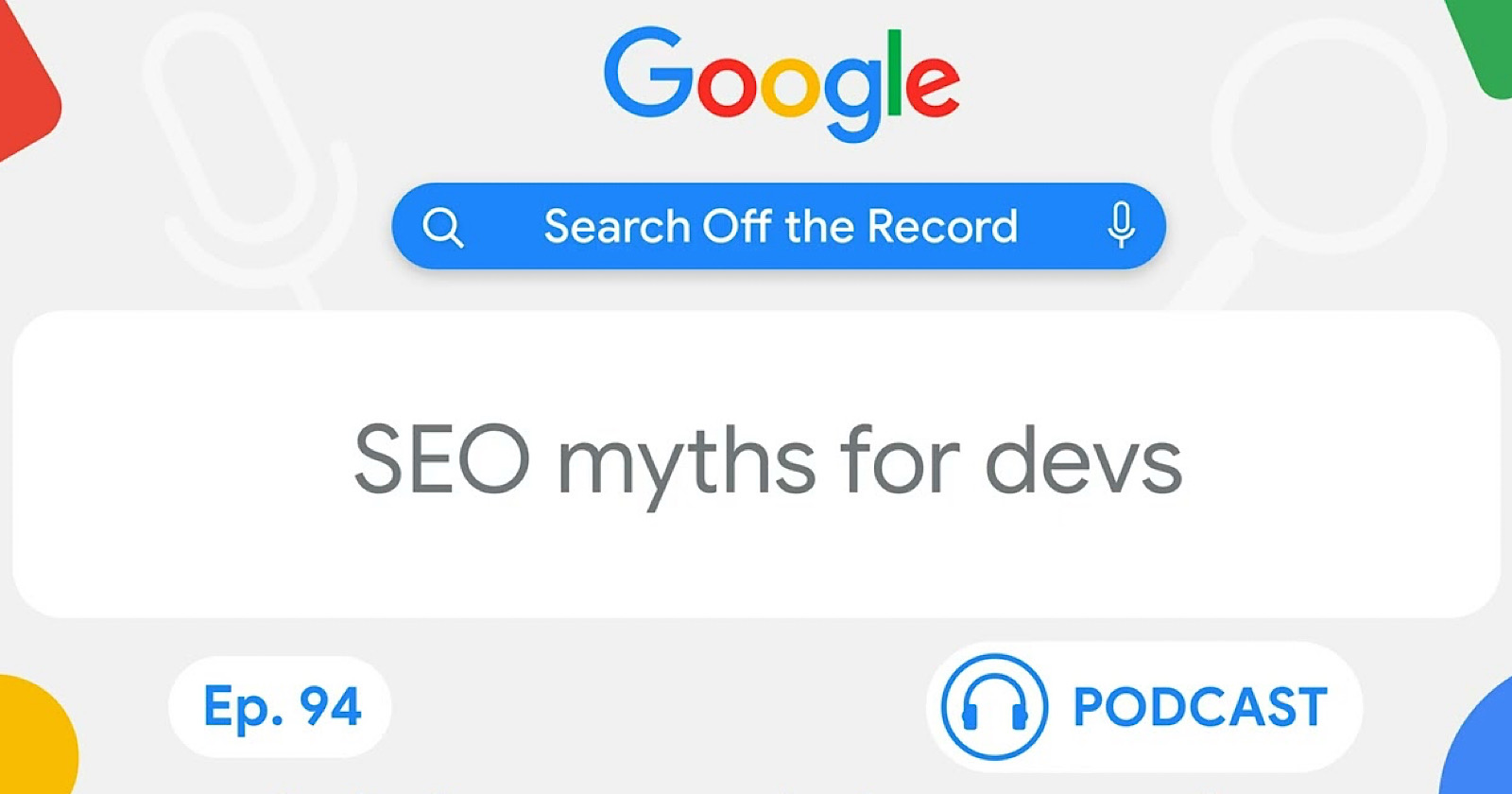Identifying Greenwashing & Clean Swaps From Advocate Lindsay Dahl
On today’s Clean Beauty School episode, I’m chatting with a woman who played a huge role in that movement: consumer protections expert Lindsay Dahl.


mbg Beauty Director
mbg Beauty Director
Alexandra Engler is the beauty director at mindbodygreen and host of the beauty podcast Clean Beauty School. Previously, she's held beauty roles at Harper's Bazaar, Marie Claire, SELF, and Cosmopolitan; her byline has appeared in Esquire, Sports Illustrated, and Allure.com.
Image by mbg Creative / courtesy of source June 25, 2024 We carefully vet all products and services featured on mindbodygreen using our Our selections are never influenced by the commissions earned from our links. The conversations around consumer protections, clean living, and sustainability has come a long way in the past two decades. Not only has it become part of the common cultural lexicon, but even sweeping legislative reforms that tackle regulation (in the form of MoCRA) have been passed. On today’s Clean Beauty School episode, I’m chatting with a woman who played a huge role in that movement: sustainability and consumer protections expert Lindsay Dahl, who now serves as the Chief Impact Officer of the supplements brand Ritual. “The products in our homes and their potential impacts to our health, actually is directly related to environmental issues, including the air we breathe, the water we drink, and yes, even those random ecosystems we're never going to see,” she says. In the episode Dahl and I discussed how to identify greenwashing in real time, how her advocacy work has evolved over the years (from consumer goods to beauty to, now, supplements), and the issues she believes still need to be addressed—which is quite a few of them. “I think the truth is that products are still mostly unsustainable; there are still toxic chemicals used in a variety of products—those that we put in and on our bodies—and we need companies to be doing better,” she told me. Here, three insightful takeaways from the conversation. But tune in to learn more. 
Greenwashing happens, but it’s not always malicious
The consumer base is more engaged and educated than ever before, especially as it relates to environmental concerns. Consumers want to feel good about the products they’re purchasing, and understandably so considering how dire climate change can feel.
And brands have tried to hone in on “eco-friendly” messaging in an attempt to meet these consumer needs. But that doesn’t always mean the messaging matches up to the results.
“Greenwashing happens, but I don't often think it's malicious. I think it comes from companies and founders who have the right intention but are just being kind of naive. And I say that without judgment,” Dahl begins.
In the episode, she explains three common greenwashing red flags to look out for:
When asked about what companies can do to show their work and earn trust from the consumer, Dahl says to go the extra step and test the ingredients and final formulas.
“A bunch of companies that are claiming to be clean, aren't actually doing the testing to understand what sorts of contaminants are in their products,” she explains. “And so testing accompanied with prohibiting ingredients is really what sets the truly clean brands apart from those that are just using it as a marketing term.”
Supply chain transparency is the next frontier of beauty & wellness
When ingredient controversies arise in the beauty, supplements, and consumer goods markets—from PFAS in makeup to heavy metals in supplements1—the root of the issue almost always comes back to the supply chain.
There are many moving parts in making a finished product, and at any of those points, communication can fail or bad practices sneak in. This sometimes results in contamination or unwanted ingredients in the final formula.
That’s why Dahl says traceability is the next major issue to tackle in supplements, beauty, and beyond.
“Traceability is [asking yourself]: How well do you know your suppliers? The majority of brands know very little about their suppliers, and it’s really hard to feel confident in the safety, quality, efficacy, and sustainability of those ingredients if you don’t actually know your suppliers well enough to ask them the hard questions,” Dahl says.
The solution, then, is to dive in, get answers, and be open about the process: “We like to describe traceability as transparency with receipts,” she says.
She gives a few examples:
Focus on high volume products
These are important topics to tackle, but unfortunately, they’re also industry-wide issues—that don’t change overnight. In the meantime, how can folks strategically lessen their exposure to potentially harmful ingredients?
“Prioritizing those things that you put in and on your body that you kind of eat or use in a high volume is really the priority,” Dahl explains.
Think: The products that you use daily, use a lot of, or have prolonged exposure to the body.
A few examples:
Dahl also notes that while you should be aware of your consumption habits, it’s not possible to control everything in your routine—and that’s OK.
“If you think you can control your way to entirely reducing your exposure to toxic chemicals, the reality is that's not possible,” she says. “What should actually feel empowering is that you can make a big difference just by focusing on the products you use most often.”
Tune in:
Hear the rest of Dahl’s advice, here:

 KickT
KickT 






























